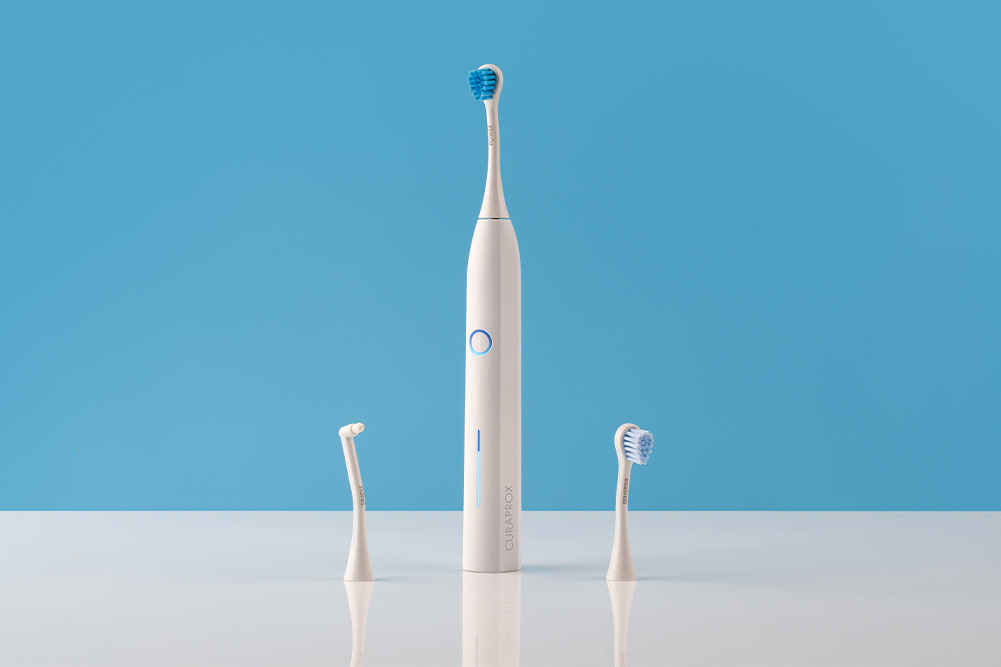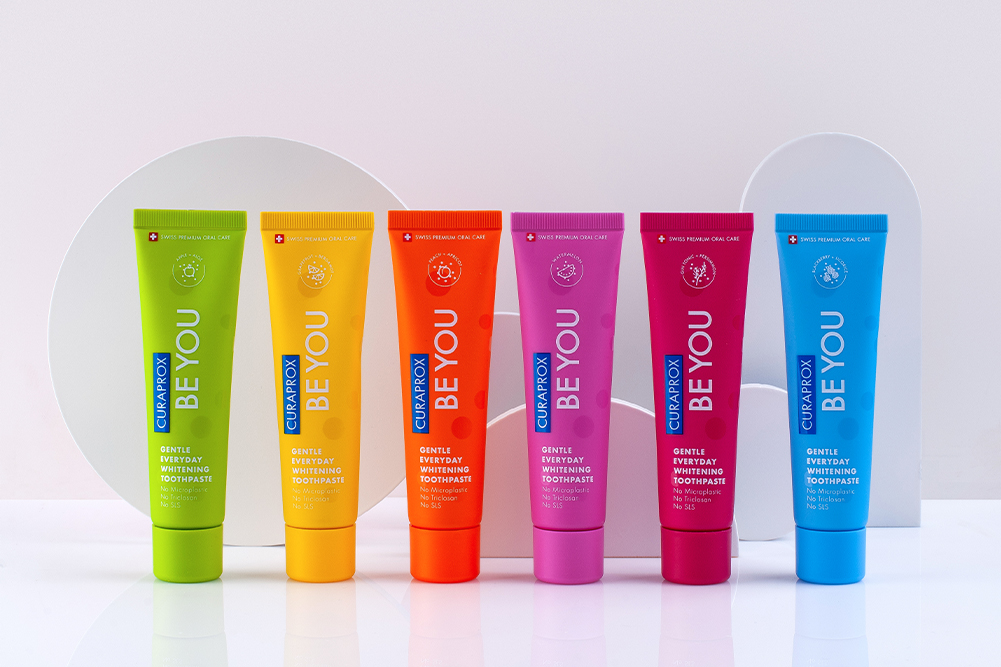Your health and beauty guide to eye care
Our eyes are hard workers, wearing the daily stress of emotional expression as well as standing up to environmental assault. External stressors including pollution, UV light and computer screens all take their toll on our loyal peepers. Their wellbeing depends mainly on heredity, diet and lifestyle factors and how they look is often a reflection of how we are feeling.
Eye creams may moisturise the delicate skin around the eyes and help keep wrinkles at bay, but improving both physical and emotional wellbeing is the only way to bring a true sparkle to the eye — something no amount of special cosmetics or makeup can replicate.
Happy eyes
From a traditional Chinese medicine perspective, a stagnant, congested liver can cause feelings of anger and repressed emotion, resulting in dull, puffy and lacklustre eyes. For this reason, it’s important to keep your liver healthy and its energy flowing. Detoxifying the liver helps open the heart, create joy and physically clear red, blurred and inflamed eyes. It also has the added benefit of clarifying the skin.
Detoxification diets are best practised under the supervision and guidance of a naturopath or other qualified health practitioner who will assess your individual needs (see 7 Day Skin Detox pg 97). Regular practice of yoga, meditation or tai chi will help soften the appearance of your eyes, which can become hardened by the stresses of modern day life.
Releasing anger by talking to a counsellor or therapist, having acupuncture or trying Neuro Emotional Technique (NET) can also be very helpful to release tension or negative emotion. Regular but moderate exercise can assist in elimination of toxins, bring emotional clarity and aid in the release of feel-good hormones.
Eye food
Free radical damage is a major contributing factor in the development of eye disorders, redness and inflammation, making a diet rich in antioxidants one of the best investments for good eye health. Antioxidants are protective compounds found in certain foods, especially brightly coloured fruits and vegetables. They mop up these roving, damaging molecules that can otherwise wreak havoc on the Health of our eyes.
Visual acuity, pigment production, protection from UV rays, muscle strength and eye lubrication are all dependent on and enhanced by a diet rich antioxidants.
It is the family of antioxidants called carotenoids that has the most beneficial effect on the eyes. Carotenoids are pigments found principally in plants and algae. They are responsible for many of the red, orange and yellow hues of plant leaves, fruits and flowers and some birds, insects, fish and crustaceans. Some examples include carrots, tomatoes, oranges, salmon and egg yolks.
In animals, carotenoids provide bright colouration. They also provide the pigment in our eyes. The body accumulates them in such high concentration in the eye that the macula is actually bright yellow in colour. The macular region is found in the retina.
Damage caused by oxidative stress such as cigarette smoke, UV radiation and pollution is thought to be a major factor in the development of macular degeneration. Lutein is touted as the number one carotenoid for the eyes. A high-lutein diet is indicated for the prevention, stabilisation or reversal of macular degeneration.
Lutein is found in carrots, corn, kale, spinach, swiss chard, collard, mustard greens, dill, red peppers, tomatoes, potatoes and red, blue and purple fruits. It’s also in egg yolk. How much lutein do we need? Research suggests a minimum of 6–10mg a day, which you can get from a large bowl of spinach.
Some carotenoids, such as betacarotene, are converted in the body to vitamin A and used by the light-sensitive cells in the eye to produce vision. Vitamin A is essential for the division and growth of all the cells in the body. It’s interesting that people who develop cataracts have been found to have low levels of antioxidants.
UV and the eyes
Exposure to UV radiation triggers free radical activity that can both damage the eye and deplete the antioxidants found in the tissues and fluids in and around the eye. A sufficient supply of dietary antioxidants is required to protect the eye. If there are not enough antioxidants in the eye, UV radiation is more likely to cause damage to the eye surface and allow more UV radiation to penetrate deeper to the delicate areas at the back of the eye. UV radiation causes damage to the outer surface of the eye (cornea) and the internal parts of the eye necessary for sight.
Long-term UV exposure is implicated in the growth of cataracts and macular degeneration. Ten per cent of cataracts seen in Australia are due to UVB exposure to the eyes. UV exposure can lead to permanent damage to the eyes and decreased vision or blindness. For the best protection, eat a diet rich in antioxidants and invest in a good pair of sunglasses.
For optimal protection, choose a pair labelled as having an eye protection factor of EPF10 or UV400 (this means the lenses block 100 per cent of UV). This labelling tells you they have met the Australian and New Zealand standard for sunglasses. Shape is also very important. Choosing a pair of sunglasses that wraps around your face and has close fitting frames will reduce the risk of UV radiation sneaking in from the periphery.
Lutein is also said to filter blue wavelengths from the visible light spectrum (unlike UVA and UVB of the invisible spectrum) by as much as 90 per cent. Blue light, in both sunlight and indoor lighting, is believed to induce oxidative stress and free radical damage in organs exposed to light, such as the eyes and skin.
Allergies
Allergies can cause itchiness, redness and inflammation around the eyes. Talk to a naturopath or allergist, who can help work out and treat the cause of the allergy. Taking probiotic supplements daily and eating fermented foods such as kefir can help heal gut imbalances and relieve allergies. Allergies and irritation to topical applications can occur; if they do, stop using them.
Eye breaks
Throughout the day, give your hard-working eyes a break by forcing them to focus on something other than your computer screen. Rest them for five minutes every hour. Remember to blink when staring at a computer screen, to help lubricate the eyes. Check lighting and reduce glare on your computer, to reduce squinting and strain.
Topical care
Soothe inflammation: Boiled and cooled tea bags placed over closed eyes work well to relax the eyes and soothe inflammation, especially chamomile, fennel, parsley, red clover, rosehip and green tea. Tone: Witch hazel-soaked cotton wool pads help reduce inflammation and tone the area, as does buttermilk.
Reduce puff: Frozen black tea or chamomile teabags placed on the closed eyes help reduce swelling. An eye pack of grated cucumber also relieves inflamed, swollen eyes, as does a poultice of apple. Another good trick is to put 2 tbsp in the freezer for a couple of minutes. Use the back of the spoon to place over and under the eyes to reduce swelling.
Dark circles: Dark circles under the eyes are often hereditary, but can also be a sign of kidney deficiency, exacerbated by poor diet, sun exposure and lack of sleep. A poultice of grated potato placed over closed eyes is renowned for helping reduce the shadows. There is some evidence to suggest vitamin K in eye creams can be helpful in treating dark circles.
Massaging specific acupressure points can be helpful to relieve sagging and swelling below the eyes. Find the points located in the depression around one inch below the centre of the eyeball.
Directions: Use your middle finger, supported by the surrounding fingers. Move the fingers in small circles on the point, usually five times in each direction.
Eyebright bath: Eyebright, a herb traditionally used for healing the eyes, boasts antibiotic, anti-inflammatory and astringent properties that help tighten the membranes and mucous surrounding the eyes, improving and strengthening circulation. Once it has cooled, use the tea or the diluted tincture as an eye bath.
Eye creams: The skin around the eyes needs extra moisture as it boasts fewer oil glands than the rest of the face. It’s important to use lighter oils and creams around the eyes to prevent dragging of the skin. Avoid formulations that contain harsh synthetic chemicals and alcohol that can irritate and dry out the skin and promote fine lines.
The following recipe is moisturising, regenerative and nourishing and will help prevent wrinkles, dehydration and dryness. It’s rich in lutein, essential fatty acids and vitamin A and jojoba oil — an effective humectant helpful for locking in moisture within the skin’s layers. Use day and night.
When applying topical applications, be very gentle as the skin around the eye is delicate. Use your middle finger to gently pat around the orbital bone.
ROSEHIP, CARROT SEED & CALENDULA EYE OIL
5 drops carrot seed essential oil
15ml calendula-infused oil
10ml rosehip oil
25ml jojoba oil
5ml vitamin E oil (tocopherol)
Mix oils together and store in an amber bottle. It will last for up to six months.







